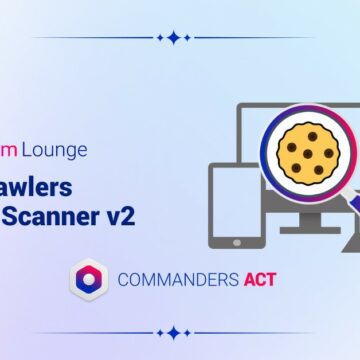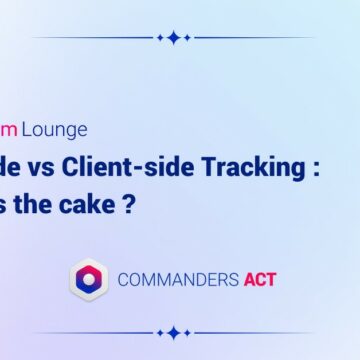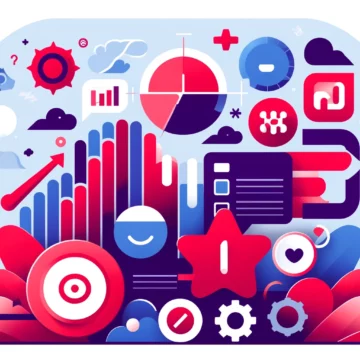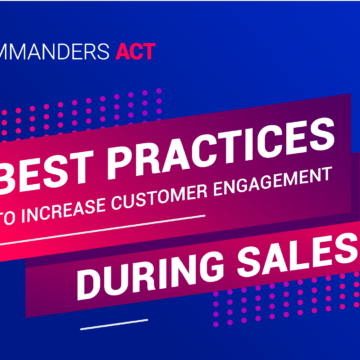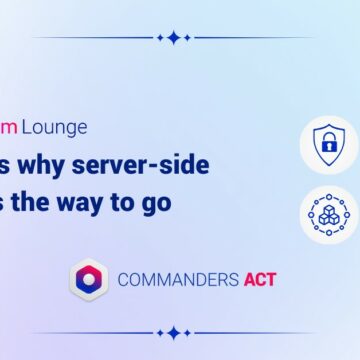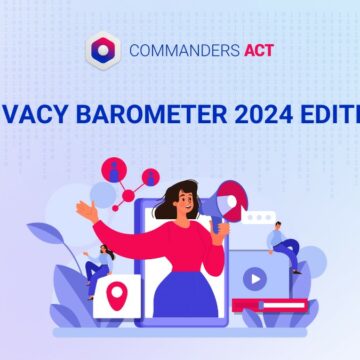Identifying & reaching out to consumers across channels
07/07/2022 |
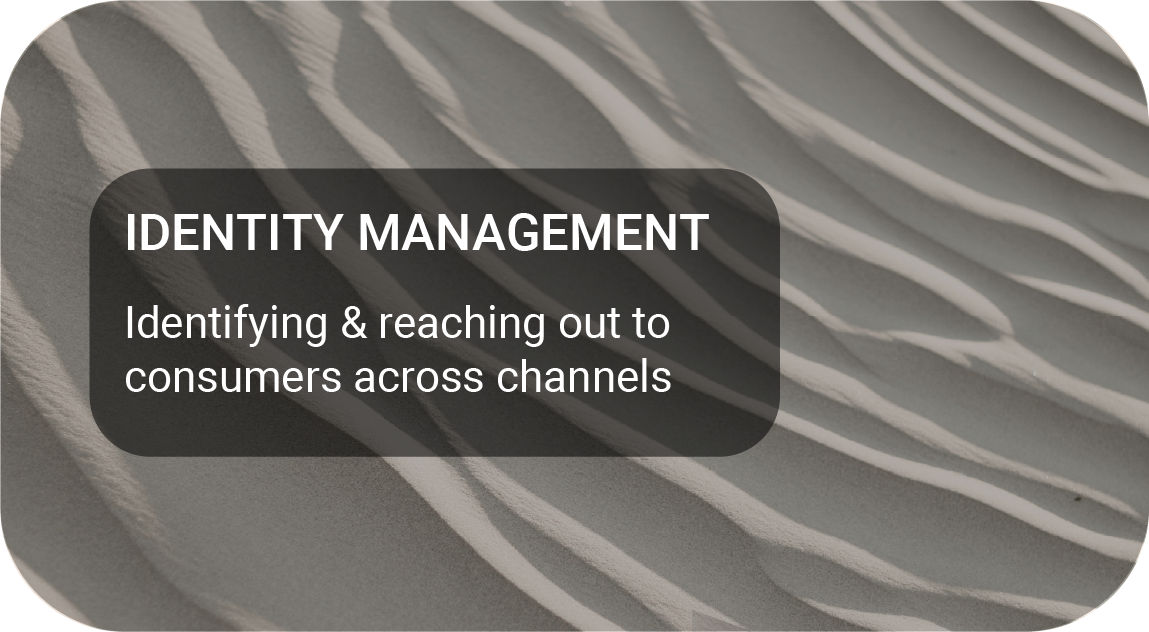
Whether on the website, in the store or via email, every channel which enables consumers to communicate with a company generates customer data. However, each of these channels provides only a fraction of the information about the consumer as a person. Only when the various details are amalgamated does a uniform picture emerge – like when doing a puzzle. This is where Identity Management (IM) comes into play. An IM solution can be used to link all customer data across all channels and devices, online and offline. This allows companies to successfully identify and assign individual consumers in the correct manner.
Marketers can use this information to gain a more in-depth understanding as to who their customers are and what spurs them into action. This is how they manage to interact with them more effectively. This not only increases the success of a marketing campaign, but also the ROI from the advertising expenditure.
The following sections show how identity management works and how it can help the marketing department do its job.
Establishing connections: aggregating customer data to form an overall picture
Customer data is often scattered throughout the company and is handled in isolation in the various departments. This makes it almost impossible to identify a consumer across all interactions and channels and to assign data already available.
Identity management solutions recognise customers based on specific identifying characteristics (“identifiers”). They can be, for instance, an email address used by the user to log in to a website from different devices, or the customer number used in the store, which appears on the customer card.
IM compares the different identifiers across the various devices and contact points and merges them to form a uniform consumer profile. This is how a complete overview of the customer is produced from a large volume of partial data. Based on a single characteristic, a user can be recognised anywhere – both online and offline.
To be able to do this, an identity management solution must be connected to all relevant systems in the company, for example to the CRM (Customer Relationship Management) system, which stores all customer information, and to the backend system, which stores, for instance, shipment information for orders. The finance system, which contains customers’ payment details and history, as well as all the marketing channels, the Contact Centre and the online store must also be connected to the IM solution.
Crunch point: terminating connections
Two approaches have proven successful in identifying users:
- Deterministic: this merges only those identifiers which are uniquely assigned to the same user, such as the customer number and the account number.
- Heuristic: this approach, on the other hand, operates on the basis of probabilities. This means that attention is focused on such factors as the users’ browsing behaviour and their location data, Wi-Fi ID, IP address, as well as characteristics which are based on personal data such as interests, gender and age and are consistent across different devices.
Regardless of whether a deterministic or heuristic approach is used, an IM solution must consolidate all the identifiers from the different systems and channels. However, it is also important that it can terminate these connections again. When using a customer card, for example, which is linked to an email address, all contact points merge into a single user profile. However, if several people use the same device, this affects the results. For instance, a daughter lends her mother her tablet, who logs in to an online store using her own access details. This results in two different logins for one device. The challenge here is to identify and terminate the mother’s connection again as she only logged in once – after all, she is not part of the daughter’s user profile.
In addition, it must be possible to take time parameters into account if, for example, no one has logged in again via the device for a long time. This suggests that the device has been given away or scrapped, in which case it should be classified as irrelevant to the user profile. The type of device is also a factor. For instance, a smartphone is generally used only by a single person, whereas a desktop PC is often used by several people in a household.
Strong customer approach via IM
IM also proves to be extremely useful when it comes to approaching customers:
Individual customer requirements: IM not only makes it possible to merge different identifiers, but it also incorporates information about marital status, profession, hobbies and place of residence. This creates a complete picture of the customer, which goes far beyond cookies, an email address and customer number. For example, if the finance system registers that a customer always chooses to pay by instalments, this option is always presented to them. This increases the likelihood of a purchase being made.
Consistent approach: since IM supplies the information from all channels bundled together, marketers can offer consistent storytelling to their customers. Consumers are approached with the same message across all channels. For instance, if someone buys a washing machine via a desktop PC, not only is advertising for other washing machines prevented on this device, but on all devices and channels. In fact, advertising for detergents follows instead.
Frequency capping: providers can control how often users can see a particular ad banner per day, week or month. On the one hand, this is intended to increase visitors’ attention and, on the other hand, to prevent them from finding the advertising intrusive.
Channel substitution: IM allows marketers to see how, for example, users interact with an article in the online store. If they visit the product page regularly, no retargeting is required to draw their attention to the article. In this instance, a simple pop-up banner with a discount coupon will perhaps push them to buy it. In other words, it saves marketing costs to use the inexpensive channels (Messenger) to start with. If this action is unsuccessful, only then will the expensive channels be resorted to, such as the call centre.
